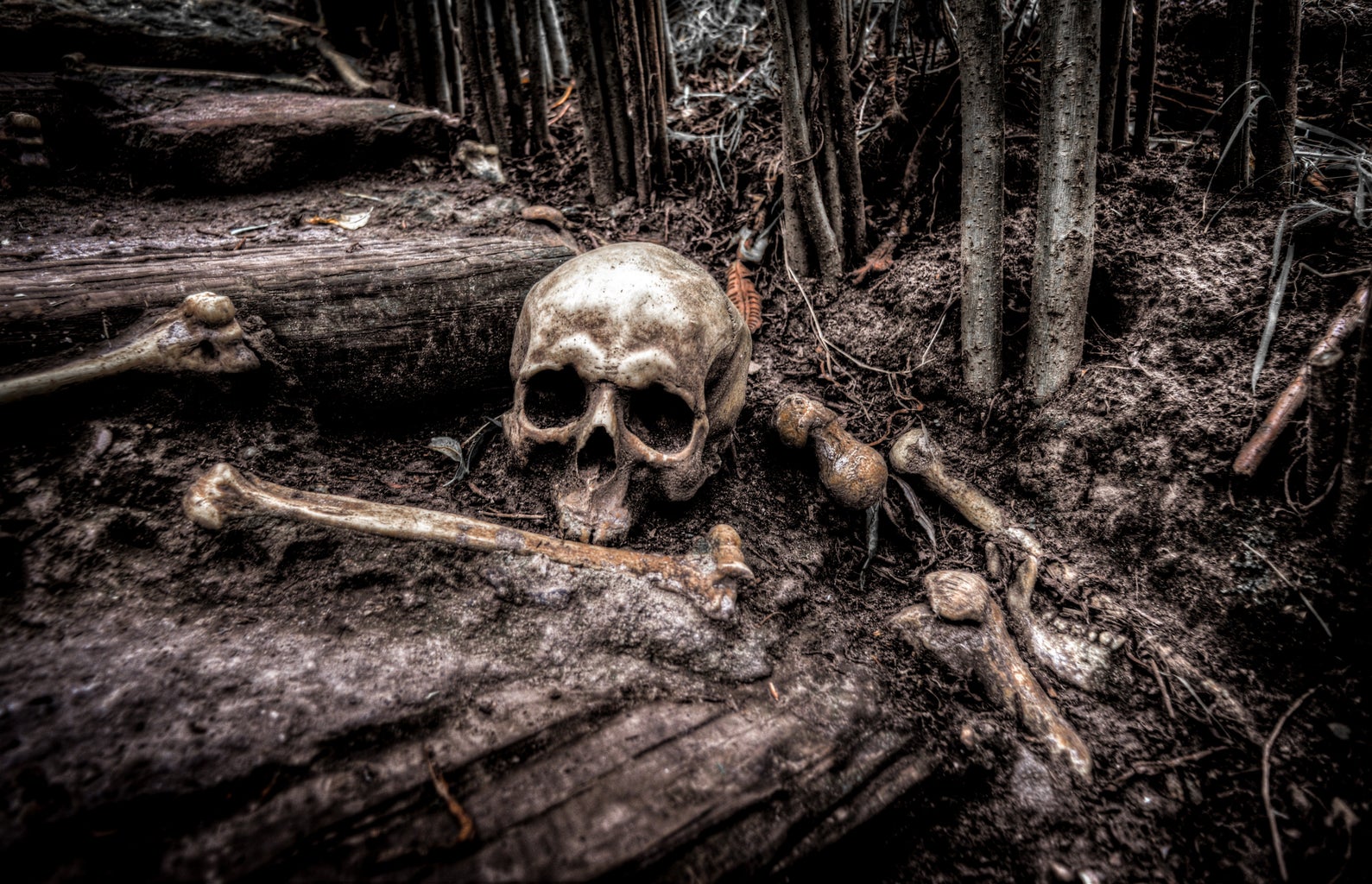When thinking of cannibalism a few things probably come to mind: the gruesome crimes of Jeffree Dahmer; the tragic incident of the Donner Party; and, of course, Hannibal Lecter. For most people the thought of eating other humans is grotesque and stomach turning, so it’s hard to imagine such a practice being commonplace; however, that was once the case beginning in the 12th century in Europe where eating humans was not just accepted but prescribed.
Corpse medicine is surprisingly not an isolated occurrence. It is believed the Europeans got the idea from the Ancient Romans who drank blood from fallen gladiators with the intention of gaining the deceased’s strength. This aligns with the European belief that dead bodies contained the deceased’s spirit and that when a certain body part was causing trouble you could simply ingest the same body part from a corpse and expect your problem to be solved.
Many times body parts of the dead would be turned into powders and swallowed like a vitamin. Fat was used for external injuries like open wounds. For depression there was a concoction called “Kings Drops” drank by King Charles II that consisted of a human skull in alcohol. Blood was considered the “vitality of life” and if you couldn’t afford to buy in bulk, cups of blood were sold after executions. Any corpse would do but mummies were considered the cream of the crop. Europeans were fascinated with mummies, even buying them for unwrapping parties.
It is important to note that Europeans attached negative stereotypes to Native Americans calling them savages and using their rumored cannibalism to validate what ultimately became genocide. Basically, they were huge hypocrites. In the 18th century medicine was a little better understood and this barbaric way of treating the ill died out (pun intended).



